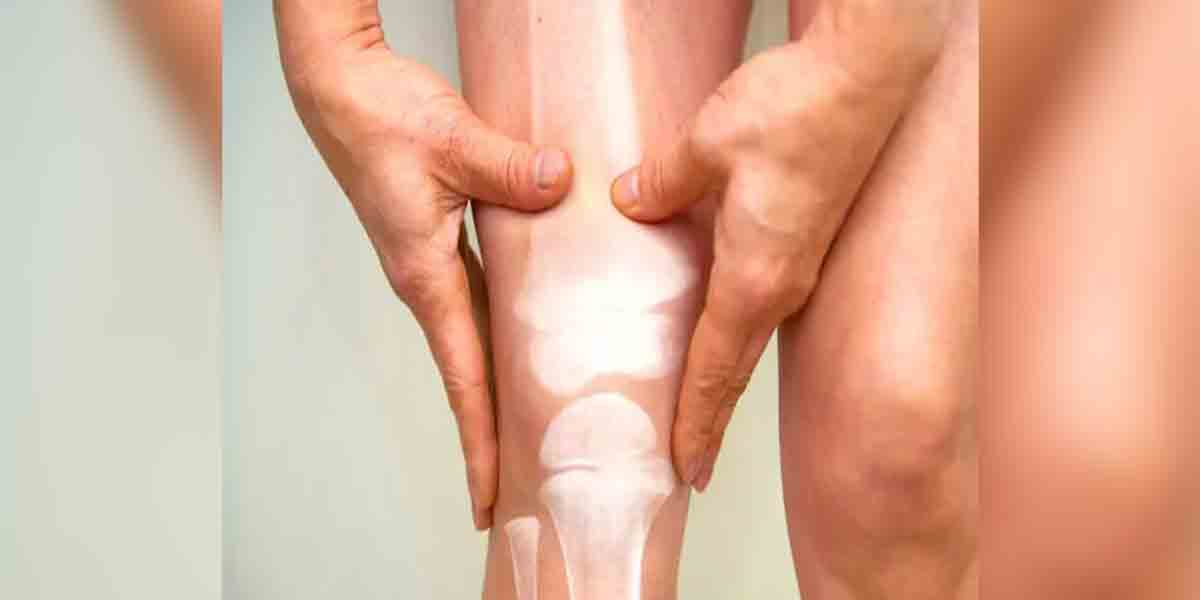
Worldwide, it is estimated only 1 in 10 people who need palliative care are receiving it and global demand for care for people with life threatening illnesses will continue to grow as populations age and the burden of noncommunicable diseases rises. By 2060, the need for palliative care is expected to nearly double.
The world therefore needs urgent and concerted action to scale up access to quality palliative care services. To address this need, WHO is releasing two new resources to support countries in assessing the development of palliative care and improving the quality of palliative care services.
The two resources are being released in advance of World Hospice and Palliative Care Day on 9 October 2021.
They include a WHO technical report providing a globally applicable and robust set of palliative care indicators for countries. These indicators can be used to assess and monitor the provision of palliative care services in countries worldwide. The report aims to create a global consensus on indicators to measure palliative care development and its use will provide reliable data to support decision-making by informing health priorities and resource allocation.
The second resource is a technical brief on quality health services and palliative care, looking at practical approaches and resources to support policy, strategy, and practice. The brief will guide action at the national, district and point of care to improve the quality of palliative care services.
To date, monitoring the existence and maturity of palliative care services has been most often done by assessing the consumption of opioid analgesics. Although opioids are vital for pain relief, they are only one component required for the development of optimal palliative care services.
At a global level, harmonizing data across countries provides a clearer picture of global needs and challenges in palliative care, such as inequity. Measurement is also a starting point for identifying success stories and learning from countries to design effective improvement strategies for application in other settings. The indicators will assist all those working in palliative care to identify tangible steps that can be considered by countries to expand access to quality palliative care for those who need it.
The provision of palliative care in most countries lags far behind the need for these essential services. Each year, it is estimated over 56.8 million people, including 25.7 million in the last year of life, are in need of palliative care, of whom 78% live in low- and middle-income countries.
COVID-19 has highlighted the need for palliative care in all places and settings to relieve suffering at the end of life such as the physical suffering caused by breathlessness or the mental pain resulting from separation from loved ones. The pandemic also reminds us of the need for all health professionals to have some training in a palliative care approach: the demand for palliative services exceeds what can be provided by specialist teams alone.
Palliative care improves the lives of patients and their families who face the challenges associated with life-threatening illness and serious health-related suffering including, but not limited to, end-of-life care. Optimal palliative care in countries requires: a supportive policy environment, empowered communities, palliative care research, access to essential palliative care medicines, strong education and training systems for palliative care workers and professionals, and attention to the quality of palliative care services. Palliative care is a human right and a moral imperative of all health systems.





















